Spanish Alpinist Alex Txikon recalls his epic Winter Expeditions
Dream WanderlustPhotographs: Alex Txikon
Category: Expedition, Climbing, Interview
Date of Publication: Oct 4 , 2019
Renowned Spanish climber Alex Txikon (37) opens up about his epic Winter expeditions. On 29th September, 2019, in an exclusive interview with Dream Wanderlust, his reminiscences of some of his notable Winter expeditions are penned down below.
At the age of 21, in 2003, Alex summited his first Eight-thousander - Broad Peak (8051m) in Summer. The next year, in 2004, he summited Makalu and Cho Oyu in Spring and Autumn respectively. In 2005, he joined 'Al Filo De Lo Impossible' Spanish TV programme to work as a high altitude cinematographer of Edurne Pasaban's '14x8000' project. Alex then participated in several expeditions and completed his another four Eight-thousanders (Shishapangma, Dhaulagiri, Manaslu and Annapurna) within 2010. In the Summer of 2011, he summited Gasherbrum I and Gasherbrum II, and in Spring 2013, Lhotse.
In 2011, he started his new stage of climbing, for which he is actually known for nowadays - the Winter Expeditions. Since then he participated in eight Winter expeditions in the Himalayas and Karakorams. He attempted Gasherbrum I in both Winters of 2013 and 2014, Nanga Parbat in Winter 2014-15, Everest in Winter 2016-17 and Winter 2017-18, and K2 in Winter 2018-19. In 2013, he made the first ascent of Laila Peak (Pakistan) in Winter. Though these Winter expeditions earned him the reputation of one of the greatest Winter Specialists from esteemed mountaineering fraternity, his first-ever ascent of Nanga Parbat in the Winter of 2015-16 without supplemental oxygen made him one of the undisputable game-changers in the field of mountaineering. He managed to achieve this incredible feat by Kinshofer route with Muhammad Ali Sadpara and Simone Moro.
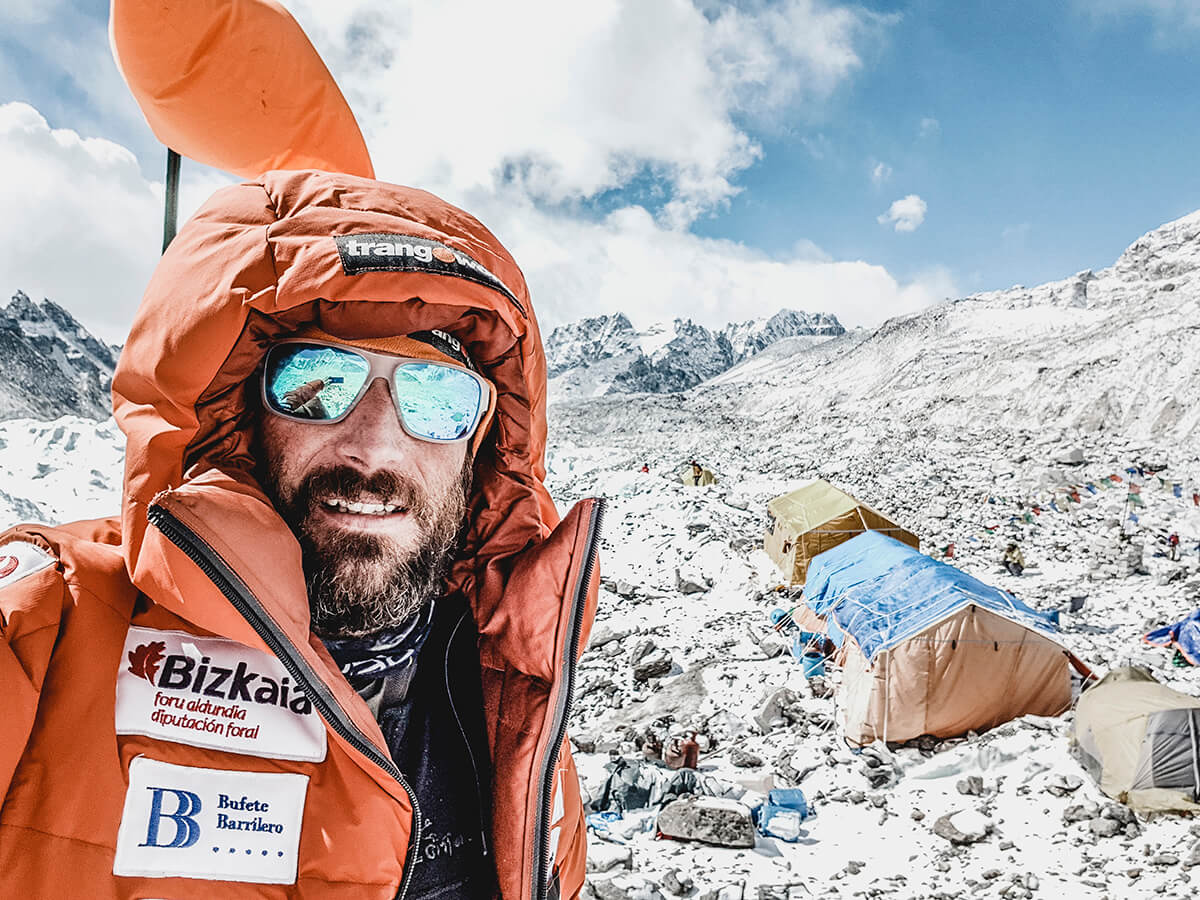
Interview with Alex Txikon
DW: From a young mountaineer to a Winter Specialist! Please tell us about your journey when as a 21-year-old climber, you summited your first Eight-thousander, Broad Peak.
Alex: I think it was 2003 when I visited Pakistan for the first time. I was 21 years old. Until now I've travelled to Pakistan more than 10 times. Right now, it's coming to my mind that I didn't even know a few words in English when I arrived in Islamabad back then. But it was always a nice climbing experience over there. We were alone and we also made a lot of mistakes. But it was really good.
DW: By 2011, you had already climbed nine out of your eleven Eight-thousanders. Then you decided to go for your Winter expeditions. What motivated you to start these Winter ventures though you had an invitation from Pasaban's team for Everest?
Alex: My experience of Winter expeditions was really nice. I decided to join Edurne Pasaban's team at first. After finishing her project, I started my own Winter career. In my honest opinion, I think our decision for the Winter ascent was a good one and also, easy to choose after so many years of working together in the Pasaban team. I'm really proud of what we did in Winter 2011, and later on. Especially, Gasherbrum I in 2011-12.
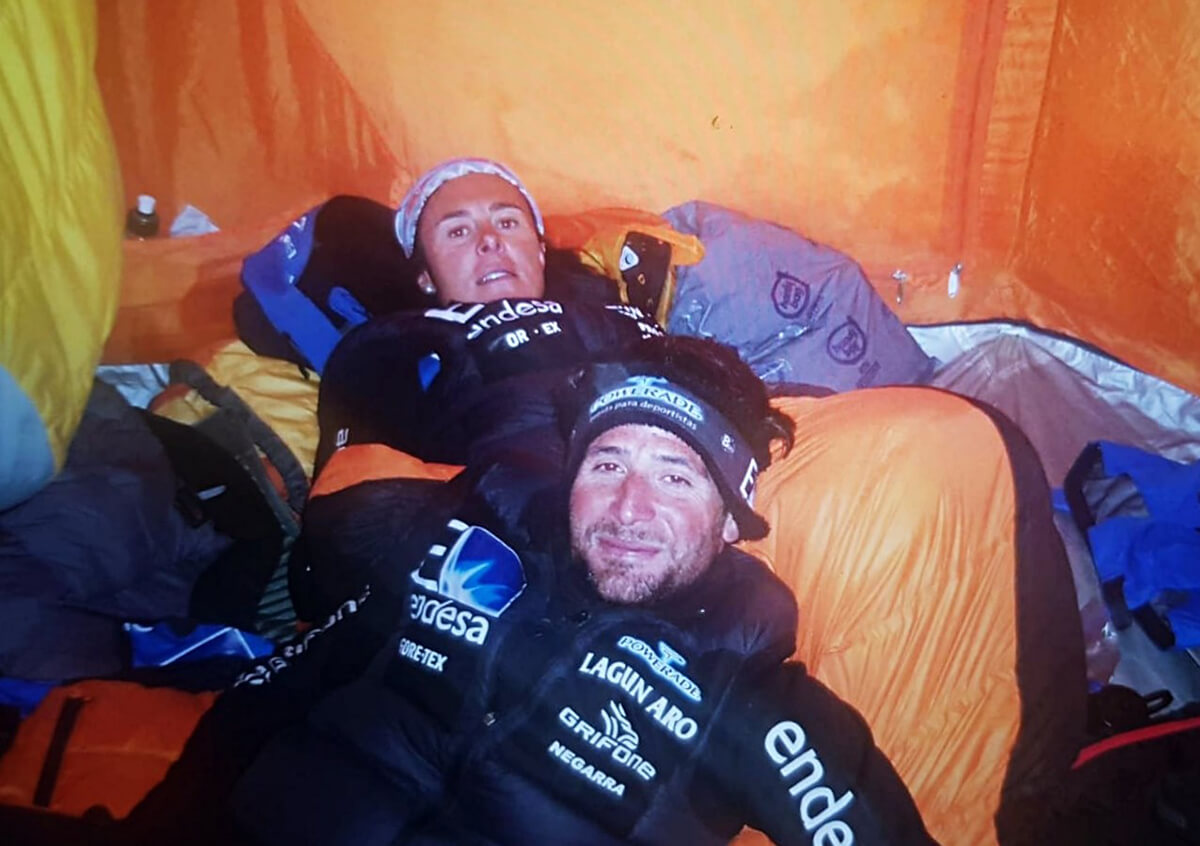
Alex Txikon and Edurne Pasaban in Shishapangma Spring Expedition 2010
DW: In 2012, in an Winter expedition on Gasherbrum I, unfortunately three of your fellow climbers (Gerfried Göschl, Cedric Hählen, and Nisar Hussain) disappeared. If it is not too painful, can you please tell us something about it?
Alex: This is also the time when climbing in high altitude became an obsession for me and I started taking much more risks. Those weren't easy ascents, mostly very painful ones. At least the one that happened in Winter 2012, I'll never forget that. I lost three of my friends at 7700m on Gasherbrum I.
DW: In 2013, you summited Laila Peak in Winter. It was the First Winter ascent of Laila. How do you look upon this success?
Alex: Winter 2013 was the opposite of what happened in 2012. I shared the expedition with a great team. We made the first Winter ascent on Laila Peak. We were very happy not because of the fact that we made the first ascent but the fact that we shared such great moments for the climbing ideas we had on the expedition. It was a great adventure for us.
DW: After your first attempt on Nanga Parbat in the Winter of 2014-15, you summited Nanga Parbat the following Winter without supplemental O2, first to have done so by the Kinshofer route. How did the experience, gained from the first attempt, help you in the second? What role did Muhammad Ali Sadpara, Simone Moro, Daniele Nardi, and Tamara Lunger play in making it a successful climb?
Alex: We were on Nanga Parbat twice in Winter. Once in 2015, next time in 2016. First time we were pretty close to the summit (up to 7850m). Next year on 25th February, we finally made the first Winter ascent on Nanga Parbat. 63 years ago until then, the first ever ascent on Nanga Parbat was made but there was no Winter ascent on Nanga Parbat in history until we did it. Clearly, we had the success but because of our team's knowledge in the field, we used a lot of strategy. It was not easy. If you were to ask why it was a success, I would say it was because of such a fantastic team, our respect for the mountains, and the contribution of the locals. We took the Kinshofer route because it was the easiest one in Winter and we knew that the Russians reached very high.
DW: Please tell us about the plans you had made for the Kinshofer route and the hazards you faced.
Alex: This line seemed to be of someone waiting for a ticket to climb and reach the summit. Nobody was ready to make such efforts to fix the rope and open the route. That's the reason we did it. No Winter ascent is easy. Nanga Parbat is such a deadly and one of the difficult mountains amongst 8000ers - not only one of the highest, but also one of the biggest. So, it's not very easy to understand its Winter conditions and other aspects. First time, we almost reached at 8000m in 20 days, and the next time, we reached the same altitude fixing the rope in just 10 days - half of the first time and we had reached the summit as well.
We can't plan what we can do in Winter. We can only do what the mountain permits us to do.
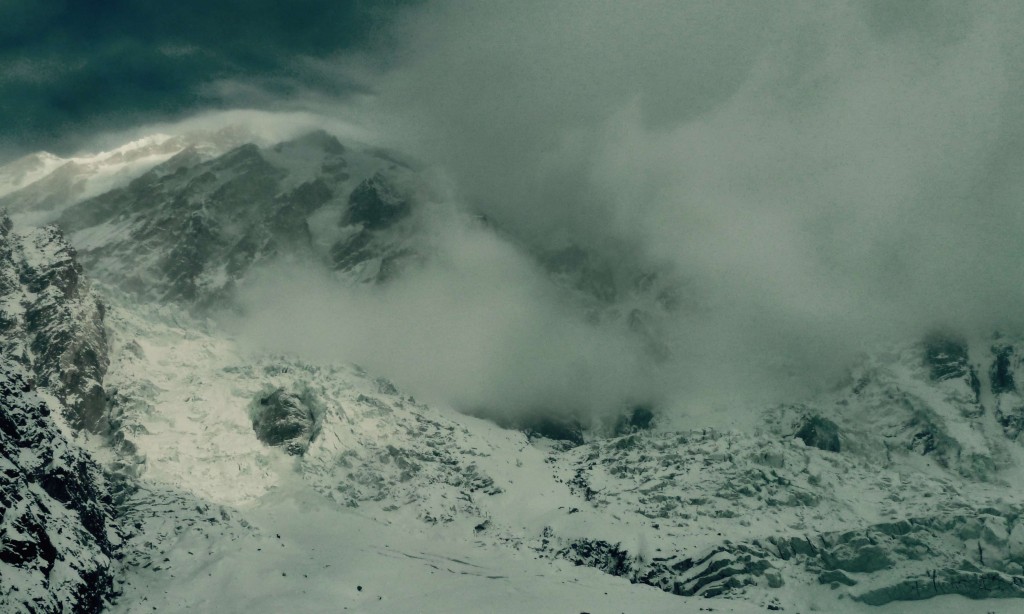
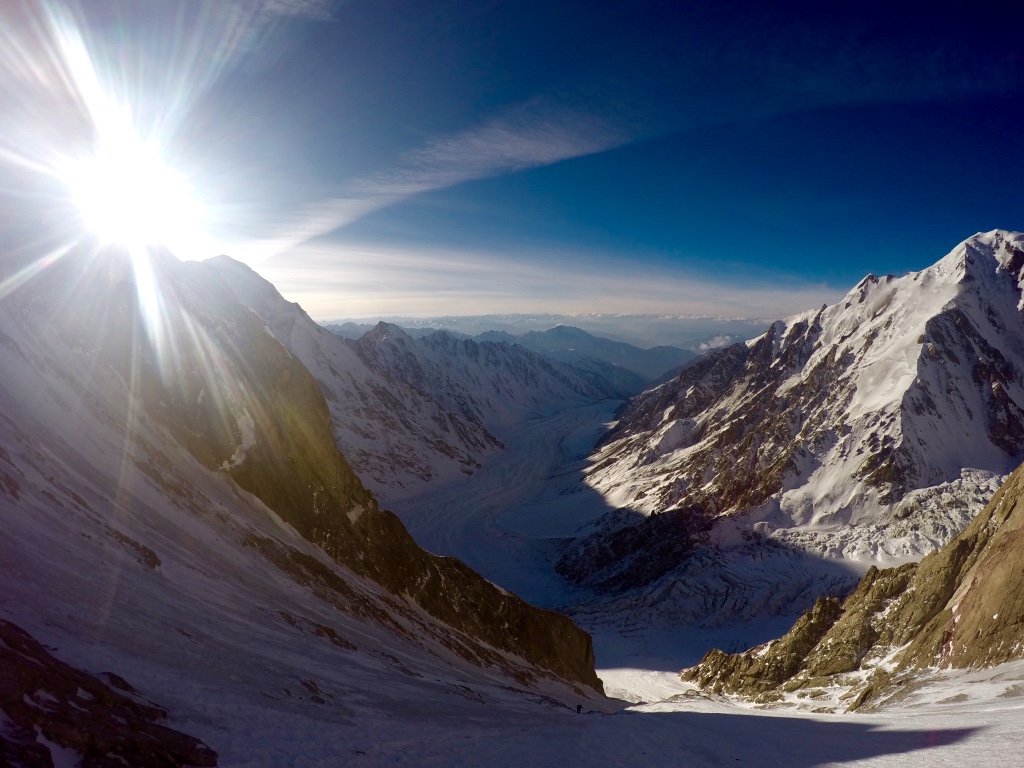
View from Kinshofer Route
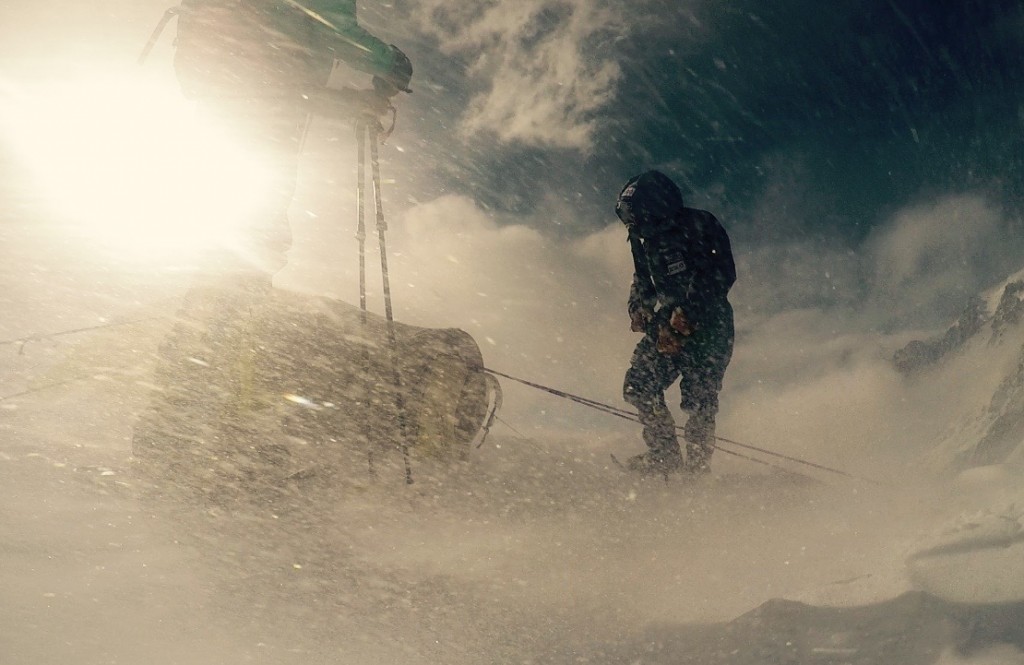
Alex Txikon, caught in windstorm at Nanga Parbat
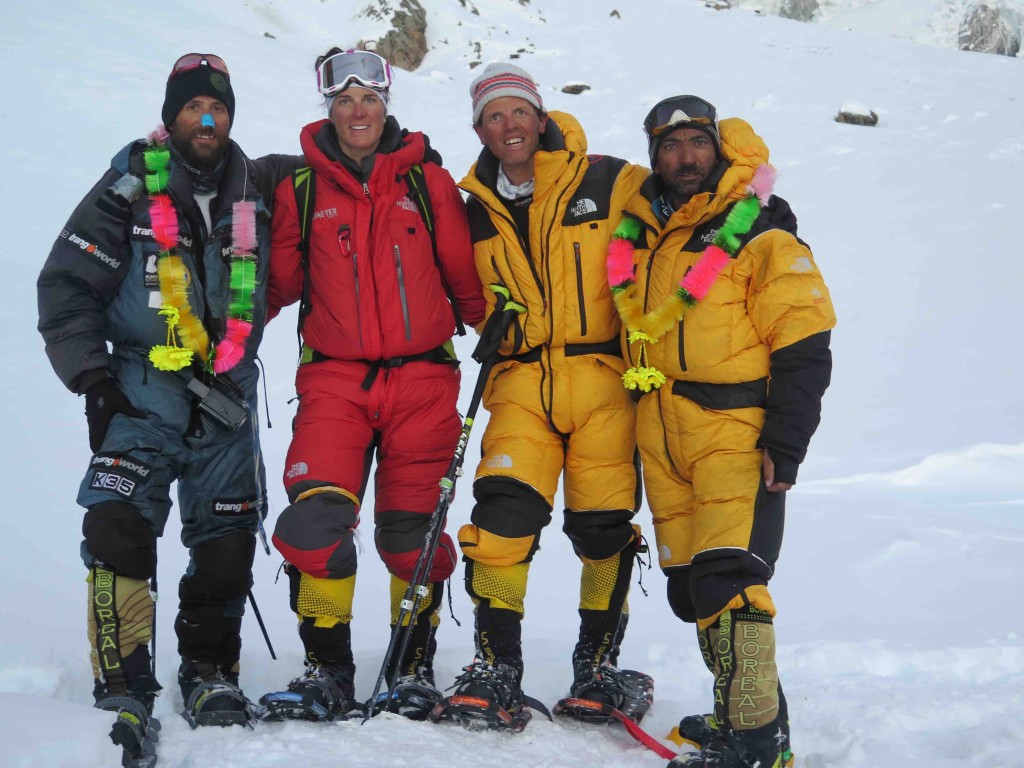
Alex Txikon, Tamara Lunger, Simone Moro and Muhammad Ali Sadpara [L to R]
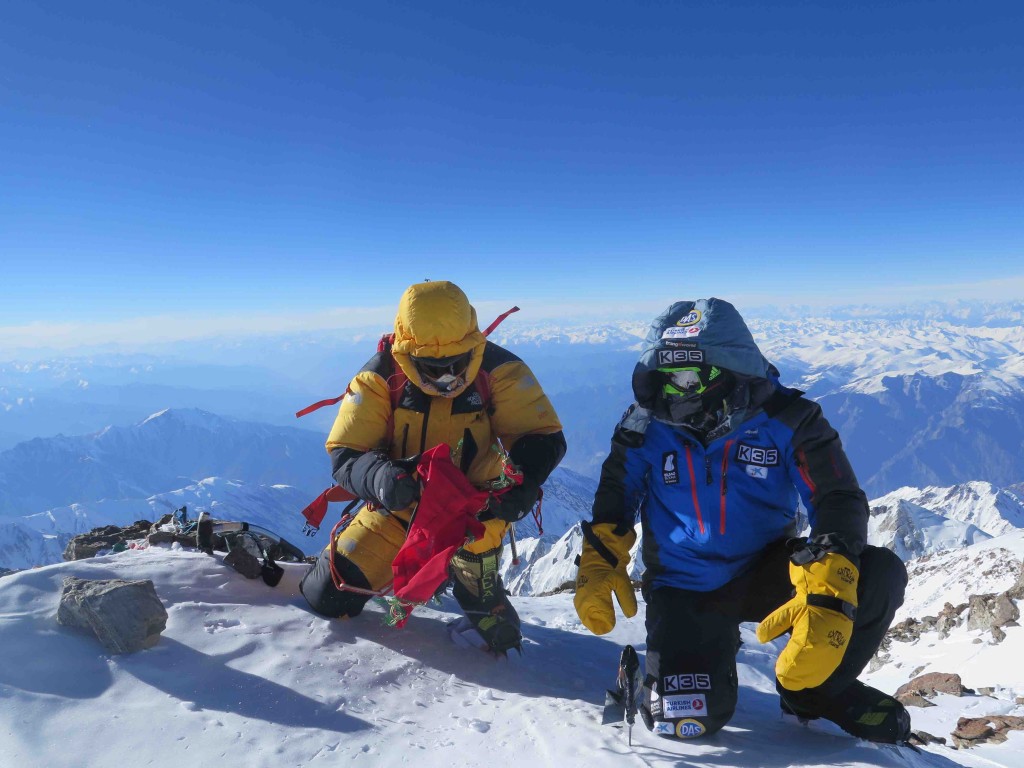
Muhammad Ali Sadpara and Alex Txikon at the top of Nanga Parbat [L to R]
DW: Since 2016, your focus has been on Everest in Winter. In 2016-17, you reached 8000m and in 2017-18, you reached 7900m. Why is it so challenging to climb Everest in Winter?
Alex: We prefer to focus on Everest not because it's the tallest but because what happens there in Winter. In our second attempt, due to such high altitude and dangerous temperature, we preferred to attempt Everest from the north side. We trained a lot in Spain and tried it with Carlos Rubio. It is true that it was not a successful expedition for us. But we tried our best.
DW: We know that you strongly believe in 'Next time Insallah'. Next Winter are you planning for Everest or K2?
Alex: For the coming Winter, I will be in Antarctic peninsula from 4th December onwards.
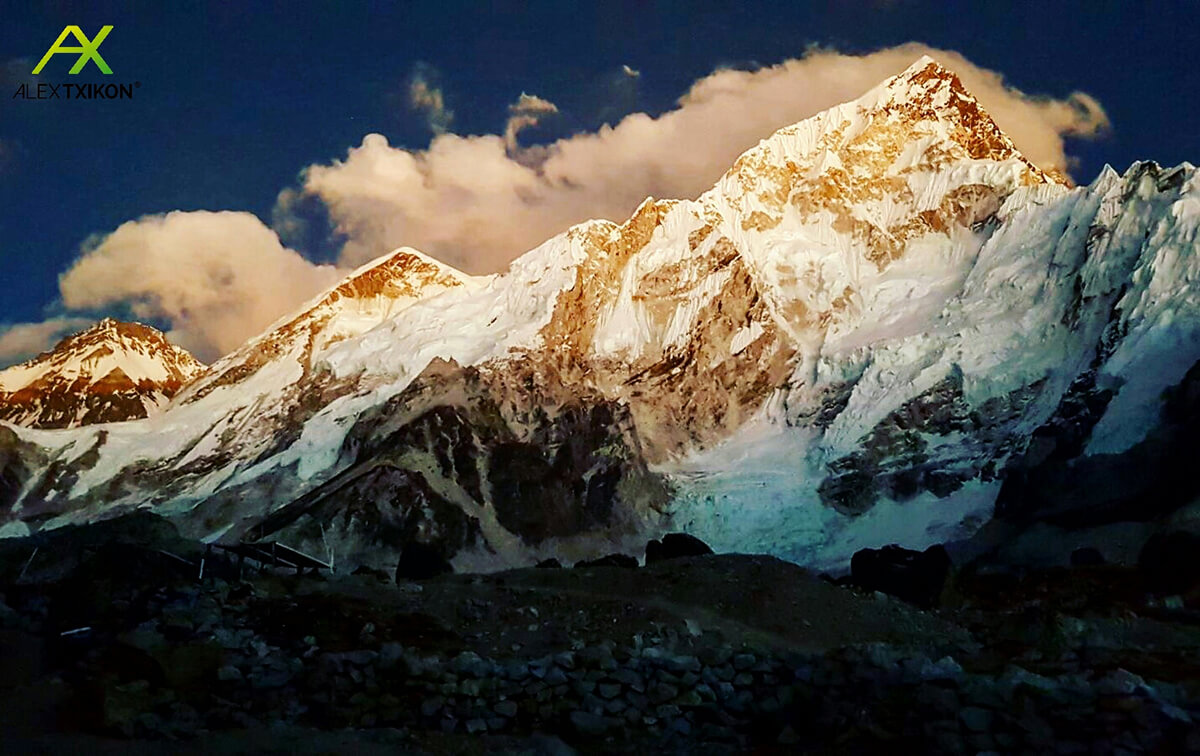

Base Camp - Everest Winter Expedition 2017-18
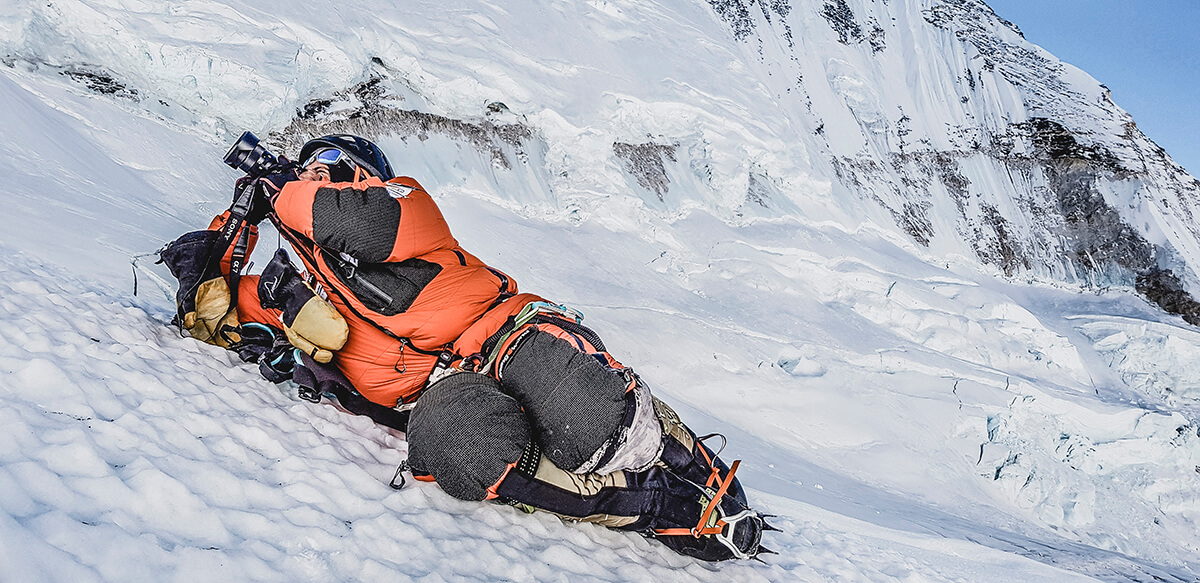
Alex Txikon - Everest Winter Expedition 2017-18
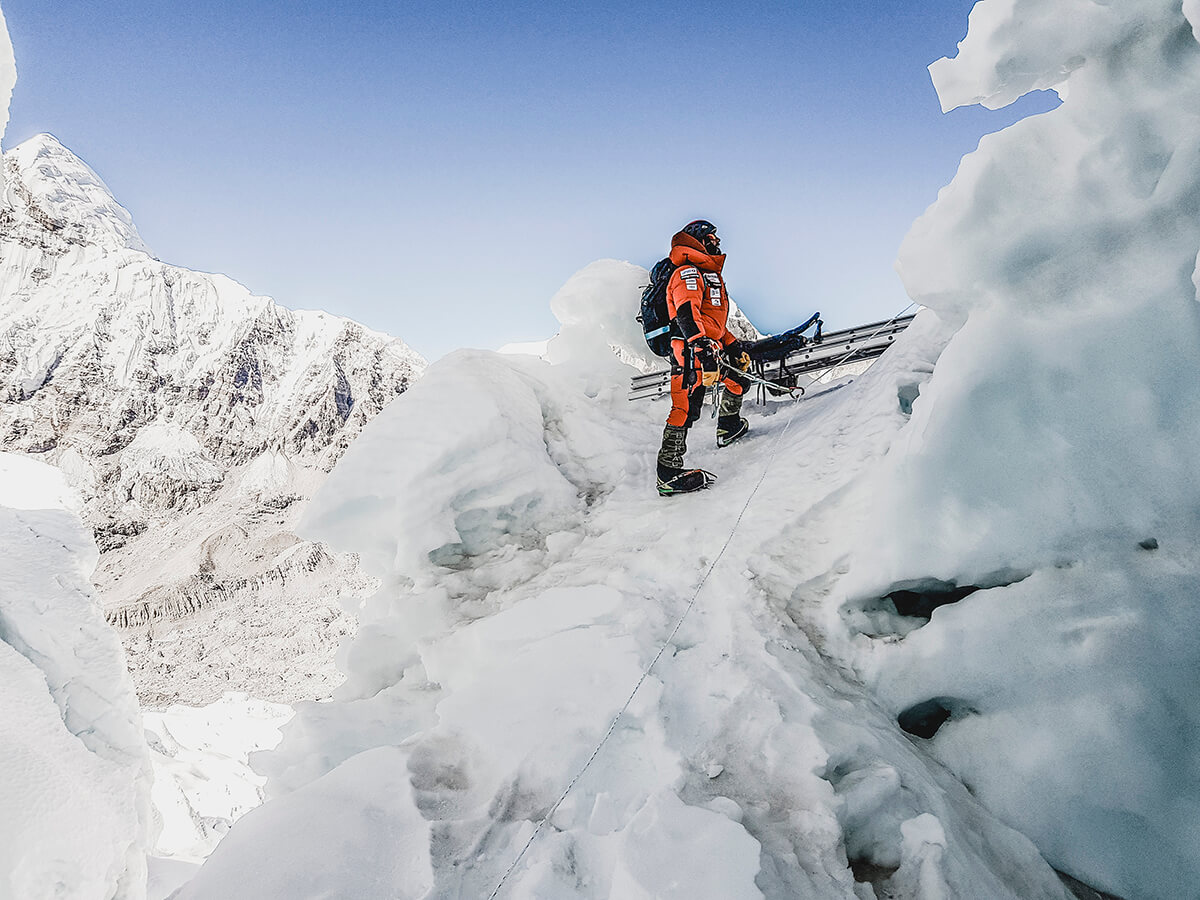
Alex Txikon at Khumbu Ice Fall - Everest Winter Expedition 2017-18
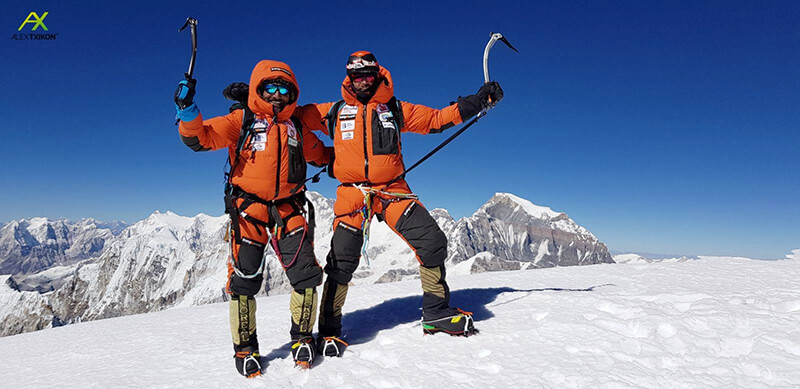
Alex Txikon and Muhammad Ali Sadpara on the top of Pumori [R to L] - Everest Winter Expedition 2017-18
DW: Coming back to the Winter of 2018-19, please tell us about your heroic attempt to recover Daniele Nardi and Tom Ballard form Nanga Parbat.
Alex: We did our best on the rescue mission. It wasn't so easy and simple but we did as much as we could. We involved in the operation because I understand that we might be in same situation in future as well. So, it was very important for me. Someday we may also need the same effort to be rescued. As it wasn't easy we were really scared. But in fact, we entered the route climbing in three consecutive days until we found Tom's and Daniele's luggage. Before we departed the Nanga Parbat Base Camp, 99.99% people told us that there will be huge avalanches and too much of snow. Thankfully it wasn't true. It was a very painful journey for us but we finally found them.
DW: Daniele was one of your climbing partners on Nanga Parbat in the Winter of 2014-15. Please share with us your experiences of climbing with him. What do you think were the reasons for their unfortunate death on Nanga Parbat this year?
Alex: In 2015, Daniele was with us. We were very close to the summit. In our second attempt, in 2015-16, we were in the last summit push together but I think he was not motivated enough. We tried our best to keep climbing up but in my opinion, his motivation was clearly too low. The main reason why he wasn't with us in the last summit push, is, I think, maybe because he was feeling the competition with his other Italian partner (Simone Moro). Then he died on Nanga Parbat this year. It's not so easy to speak about these things, you know. Sometimes I feel that things happen. I was the leader at that time but I couldn't motivate him enough. I wish I could have done something more.
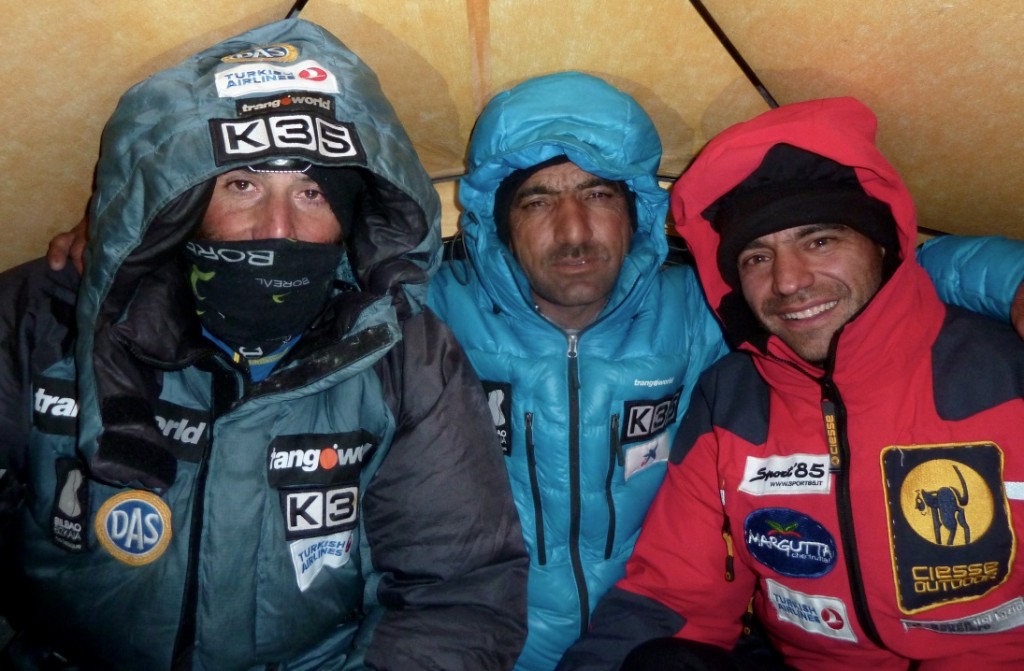
Alex Txikon, Muhammad Ali Sadpara and Daniele Nardi [L to R]
His all Winter Expeditions in the Himalayas and Karakorams:
2011 - Gasherbrum I (8080m):
Alex made the first Winter attempt of Gasherbrum I by a partially new route with Louis Rousseau and Gerfried Göschl. The expedition ended at 7050m.
2012 - Gasherbrum I (8080m):
A 7-member International team led by Gerfried Göschl, summit team (Gerfried Göschl, Cedric Hählen and Nisar Hussain) reached around 7700m by a new route and disappeared. Alex reached approximately at 6800m.
2013 - Laila Peak (6096m):
Alex made the first Winter ascent of Laila Peak with José Fernández by the West Face without supplemental oxygen.
2014-15 - Nanga Parbat (8126m):
Alex led a 3-member International team (Alex himself with Muhammad Ali Sadpara and Daniele Nardi) by Kinshofer route. The expedition ended at 7850m.
2015-16 - Nanga Parbat (8126m):
Alex made the first Winter ascent of Nanga Parbat by Kinshofer route with Muhammad Ali Sadpara and Simone Moro without supplemental oxygen.
2016-17 - Everest (8848m):
Alex led a 2-member Spanish team (Alex himself with Carlos Rubio) by the South Col of Everest. The expedition ended at 8000m.
2017-18 - Pumori (7161m):
Alex made Winter ascent of Pumori with Muhammad Ali Sadpara and two Sherpas - Nuri and Temba Bhote without supplemental oxygen. They had done it as a part of their preparation for Everest.
2017-18 - Everest (8848m):
Alex attempted Everest with Muhammad Ali Sadpara by the South Col. The expedition ended at 7900m.
2018-19 - K2 (8611m):
Alex led a Spanish-Galician team to attempt K2 in Winter. The expedition ended approximately at 7300m.
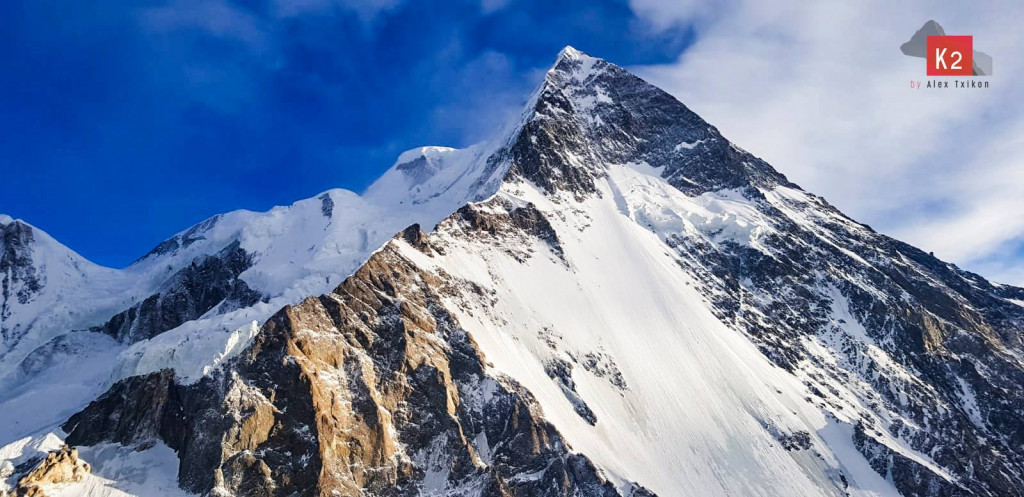
.jpeg)
Alex Txikon - K2 Winter Expedition 2018-19

Alex Txikon attempting K2 Winter Expedition 2018-19
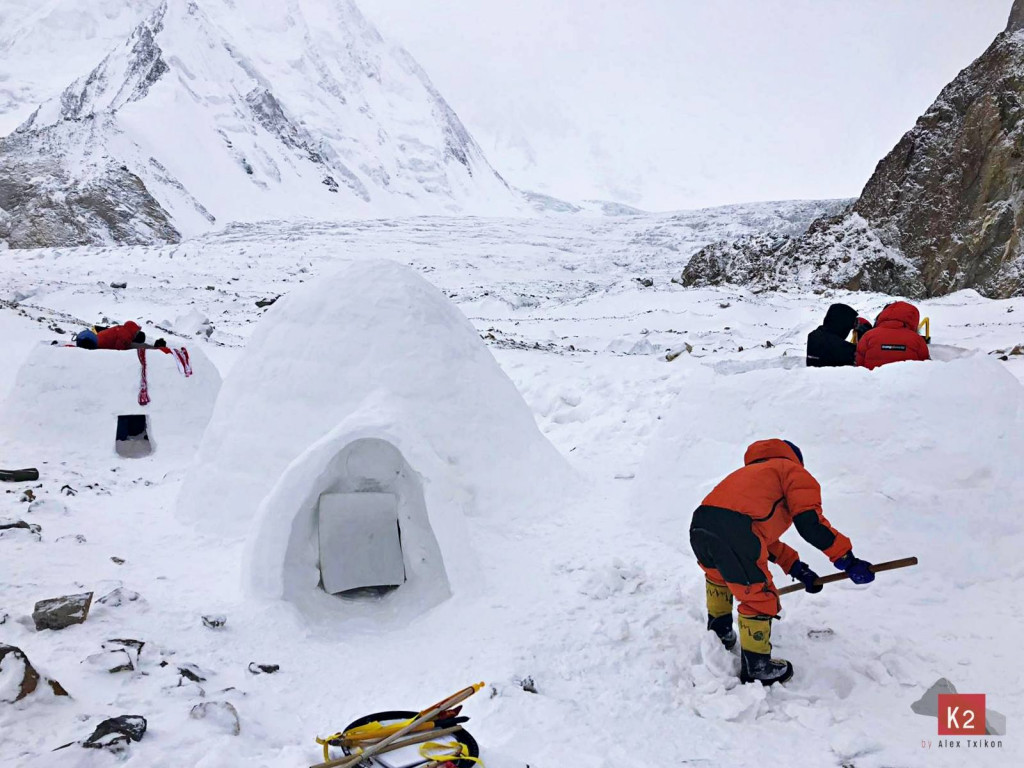
Making Igloo at K2 Base Camp
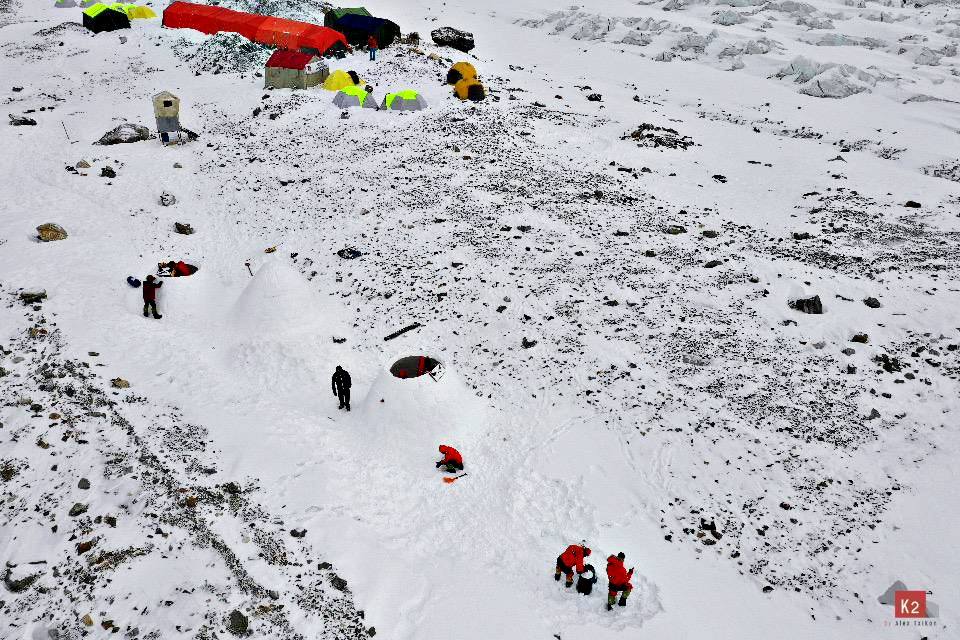
Igloo at K2 Base Camp
Related Articles
Place your ad here. Call +919163231788 or Contact Us









